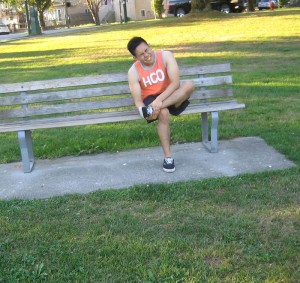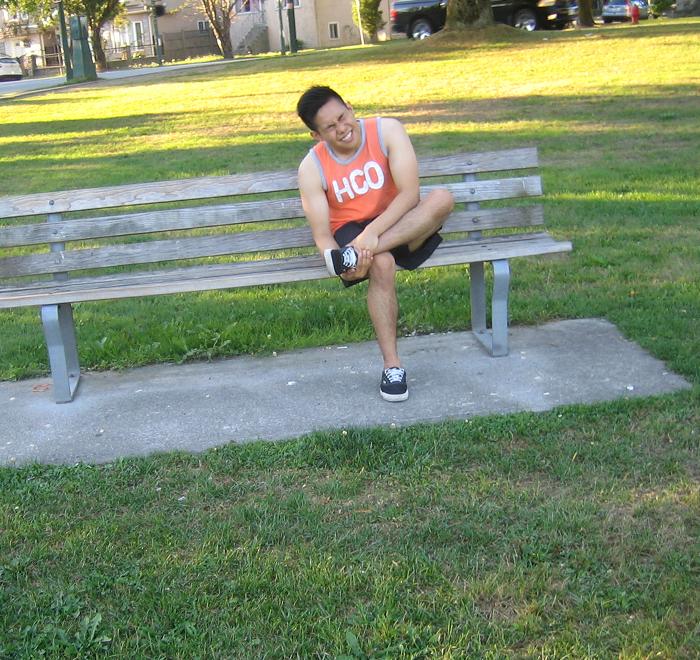Hammertoes is a common deformity of the 2nd, 3rd or 4th toe. It is caused by wearing narrow shoes with no arch support. This condition causes severe foot pain. The toe has an abnormal bend in the middle joint that looks like a hammer. It is due to an imbalance in the surrounding muscles, ligaments and tendons that normally make the toe straighten and bend. If the condition is left untreated, they will become permanent and needs surgery to correct them.
Types of hammertoes
- Flexible hammer toes – the toes can still move at the joint.
- Rigid hammer toes – the tendons and toe become rigid, they press the joint and becomes misaligned. There is difficulty moving the toe.
Causes

- Wearing certain type of shoes such as high heels or too tight and forces the toe in a flexed position. Wearing type of shoes, the toes will not be straightened even when barefoot.
- Women are more susceptible to this condition than with men.
- Broken toe has the high risk of developing hammertoe.
- Risk of developing hammertoe increases as the person ages.
- The second toe is longer than the big toe
- Condition such as diabetes or arthritis
- Hereditary and run in families
Symptoms
- Swelling, redness or a burning sensations in the affected area
- Pain in the toe, especially when moving it or wearing shoes
- Formation of calluses and corn above the middle joint of the hammer toe
- Incapable to straighten the toe
- A sore can develop on the toe in severe cases
- Pain on the ball of foot under the affected toe
Treatment
- Massage the affected toe to lessen the pain.
- Apply ice compress on the affected area to lessen the pain and the swelling. Wrap ice pack in a towel before placing on the area to prevent further irritation and worsen the condition.
- Prescribed medications to lessen the inflammation, the swelling and the pain.
- Treat calluses and corns that form above the hammer toe using a pumice stone or file to reduce the size of the callus and corn after taking a warm bath. Apply emollients or moisturizers to make it soft and pliable. Another alternative is placing silicone or moleskin padding above the affected toe when wearing shoes.
- Wear shoes that are high and wide across the toe at least 1.5 cm of space between the longest toe and the tip of the shoe.
- Avoid high heel shoes higher than 5 cm.
- Wear the appropriate shoe for any type of activity being performed.
- Prescribed cortisone injections to relieve of severe pain and inflammation.
Tips
- Wear low heel shoes to prevent unnatural position of the feet and usually bend the toes.
- Avoid pointy-toed shoes
- Wear shoes with adjustable straps and laces and proper arch support for the feet to prevent ailments of the feet.
FACT CHECK
https://www.foothealthfacts.org/conditions/hammertoe
https://www.healthline.com/health/hammer-toe
https://www.mayoclinic.org/diseases-conditions/hammertoe-and-mallet-toe/symptoms-causes/syc-20350839

